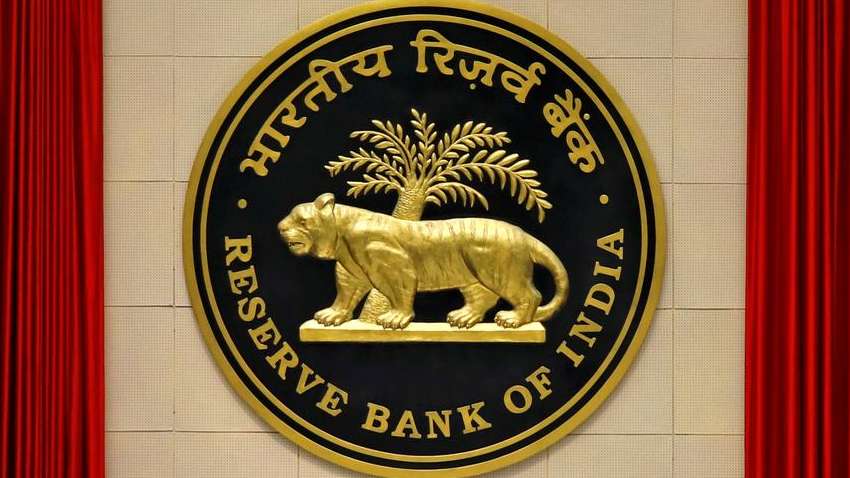The discussion over the post-moratorium scenario has been getting more complicated by each passing day, even as RBI has lifted the same and the economy continues to show signs of stunted growth. The complexity of the matter is such that any decision taken henceforth is not limited to the domain of the Reserve Bank of India (RBI) or the Finance Ministry but also of the Supreme Court of India.

RBI’s loan restructuring option might cost you more than your expectation.
Amidst the increasing confusion, the RBI’s guidelines for banks to provide restructuring of loans facility to their borrowers has been received with extreme caution, with many financial and banking experts warning against this scheme.
Before we get into the cost and benefit analysis of the said restructuring, it is essential to point out that so far only two banks- HDFC and SBI have even provided such an option to their borrowers. Even in the case of these two banks, the guidelines are not uniform and lack clarity. This fact alone makes the borrower handicapped in making an informed choice.
Furthermore, the plea for the government to waiver all interests for the moratorium period- owing to the pandemic induced lockdown is still in the Supreme Court and the government’s decision to waive “interest on interest” for loans up to 2 crores for the same period is also hinged on SC approval.
It does not require an intricate understanding of the workings of the financial machinery to conclude that “jumping the gun” in such a scenario for any borrower may provide a diverse palate results, some of which would be too disastrous. Thus, the lukewarm response and over the top cautionary approach from both the banks and the borrowers seems justified before even understanding what this restructuring might add to either side’s burden.
The restructuring of loans at least for the two banks that have released guidelines for the same does not come bearing large gifts. In fact, SBI is going to charge some per cent of interest as charges for the restructuring. In any case, this would in no way reduce the amount of money or interest that is going to be generated and paid for the loan.
In fact, in most case calculations we see that just like the moratorium this too would result in an inflated principle thereby adding to the burden of the borrower on the long term while lowering the monthly instalments. Furthermore, unlike the moratorium, this would affect the credit score, eligibility to take further loans and other such parameters as a side effect.
Acknowledging the economic slowdown and the extreme circumstances that have created, the borrowers might be better off by not opting for the proposed restructuring of loans and instead may think of either managing the instalments by increasing and/or diverting cash flow or only by dissolving of assets.
For example, if you have a car and a car loan, you may want to start thinking about selling the car in case of not being able to pay the instalments in their current standings, the restructuring should be understood as a last resort option and not a relief for the borrowers considering the long run.
Read: Gram Sampark Abhiyan: A financial inclusion initiative by PNB




